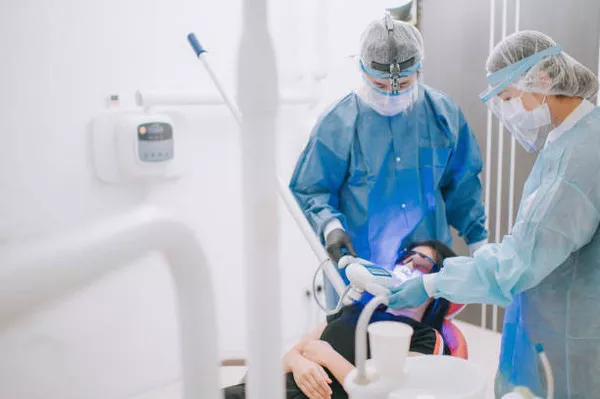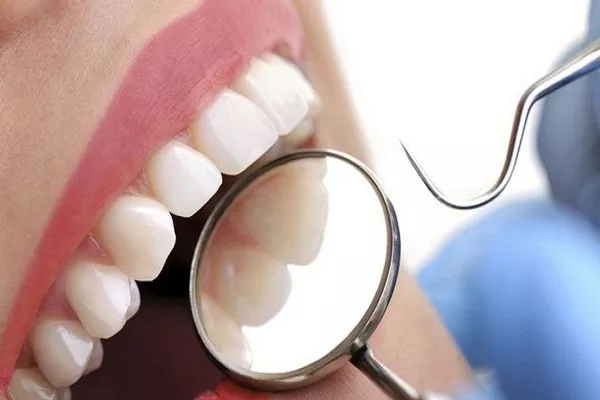Periodontitis is a serious gum infection that can lead to tooth loss and other oral health issues if left untreated. If you are concerned about the development of periodontitis, you may wonder how long it takes for this condition to develop and what factors can contribute to its progression. In this article, we will explore the timeline of periodontitis development, risk factors associated with the disease, symptoms to look out for, and preventative measures you can take to maintain healthy gums.
The Timeline of Periodontitis Development
The timeline of periodontitis development varies from person to person. In general, the disease develops gradually over time, with early stages characterized by mild inflammation and gingivitis. Gingivitis is caused by plaque buildup on the teeth and gums, which irritates the surrounding tissues and causes redness, swelling, and bleeding.
If left untreated, gingivitis can progress to periodontitis. During this stage, the inner layer of gum tissue and bone pull away from the teeth, forming pockets that become infected. As the infection spreads, the pockets deepen, causing further damage to the surrounding tissues and bone. In severe cases, teeth may become loose or fall out altogether.
The timeline of periodontitis development can vary based on several factors, including:
Oral hygiene habits
Poor oral hygiene habits, such as infrequent brushing or flossing, can accelerate the development of gum disease.
Genetics
Some people may be genetically predisposed to developing periodontitis. A family history of gum disease can increase your risk.
Age
As we age, our risk of developing periodontitis increases. This is because our immune system becomes less effective at fighting off infections.
Smoking
Smoking is a major risk factor for periodontitis. Smokers are more likely to develop gum disease and experience more severe symptoms than non-smokers.
Health conditions
Certain health conditions, such as diabetes and HIV/AIDS, can increase your risk of developing periodontitis.
Symptoms of Periodontitis
The symptoms of periodontitis can vary depending on the severity of the disease. In the early stages, you may notice:
Red, swollen gums
Tender or bleeding gums
Receding gumline
Sensitivity to hot or cold
Loose teeth
As the disease progresses,
you may experience:
Pus between your teeth and gums
Chronic bad breath
A change in the way your teeth fit together when you bite down
Pain when chewing
If you notice any of these symptoms, it is important to see a dental professional right away. Early detection and treatment are key to preventing the progression of periodontitis and preserving your oral health.
Preventing Periodontitis
Prevention is the best way to avoid developing periodontitis. Here are some steps you can take to maintain healthy gums:
Practice good oral hygiene habits
Brush your teeth twice a day with fluoride toothpaste and floss daily to remove plaque and food particles from between your teeth.
Use an antiseptic mouthwash
Mouthwash can help kill bacteria and freshen your breath.
Quit smoking
If you smoke, quitting is one of the most effective ways to prevent periodontitis and other oral health issues.
Maintain a healthy diet
Eating a diet rich in fruits, vegetables, and whole grains can help keep your gums healthy.
Visit your dental professional regularly
Regular dental cleanings and checkups can help catch gum disease in its early stages, before it becomes more severe.
Conclusion
Periodontitis is a serious gum infection that can lead to tooth loss and other oral health issues if left untreated. The timeline of periodontitis development varies from person to person, but early detection and treatment are key to preventing the progression of the disease. By practicing good oral hygiene, quitting smoking, maintaining a healthy diet, and seeing your dental professional regularly, you can help prevent periodontitis and maintain healthy gums for life.
Related Topics:





























